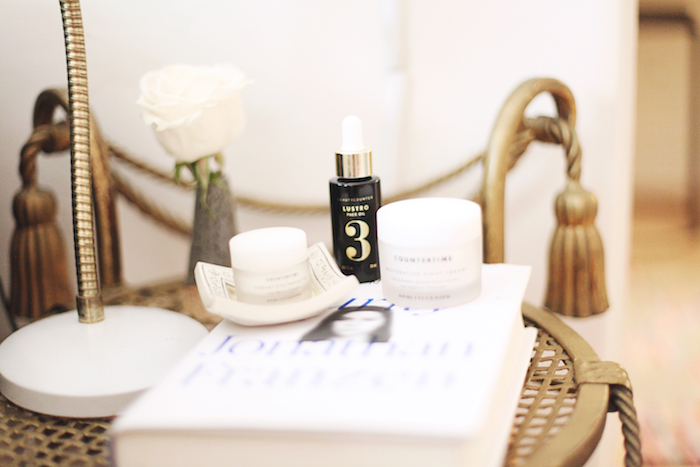The short and easy answer to this question is…not many. The Food and Drug Administration (FDA) has restricted the use of approximately 30 (find out why it’s approximate below) ingredients for use in personal care and cosmetic products. By comparison, the Canadian government has banned or restricted around 600 ingredients and the European Union over 1,400.
Before you point your finger at the FDA for not doing its job, it’s important to note that its hands are tied. In order for the federal government to take action on harmful ingredients used in the beauty industry, Congress needs to pass a law that would allow the FDA to take action on harmful ingredients. Make sense?

So how does this break down? Which 30 ingredients are banned or partially restricted by the FDA? You’ll note that there isn’t some perfectly curated list on the FDA website, and that’s because many of these restrictions actually live under different laws.
The Original 11
The last time Congress passed a major federal law regulating the safety of cosmetic ingredients was in 1938. Included in that law was a list of 11 “ingredients” that were prohibited for use. An example of one of the ingredients listed is bovine parts; since cow parts are not used in beauty products, to many (including myself) this isn’t considered a legitimate banned ingredient. Similarly, some of the ingredients on the original list of 11 are not chemicals used in the actual product formulation (what we call the “goop”), but rather the aerosol agent for hair sprays etc.
Mercury, the naturally occurring highly toxic substance, is also on the list (a good thing) BUT it’s only banned at levels above 65 parts per million. Due to the toxicity of this heavy metal, this is highly inadequate. To put this into perspective, the NRDC’s seafood fish guide recommends that the maximum level of mercury consumed in fish is less than .5 parts per million.
Red Dye
Colorants used to make cosmetics must be registered and approved by the FDA before a product can come to market, one of the few existing regulations companies need to adhere to. Back in the 1990s the FDA did ban one particular colorant, red dye #3 from cosmetics. Colorants must be chosen with care by companies because there are health risks with both natural and some synthetic colorist (more on why I don’t think any company can claim to be 100% heavy metal free HERE).
Asbestos
Asbestos was banned from talc powders in 1973, after reports found contamination was widespread in the naturally occurring mineral. The good news the majority of talc is asbestos-free today and most raw material suppliers can confirm that their talc is asbestos-free. There have been concerns (and lawsuits) about the genital application of talc powder, which has been linked to ovarian cancer. Please note that based on existing scientific research there is no known health risks with the use of talc in pressed powders in cosmetics that may be applied to your face.
Triclosan and 18 other antimicrobial chemicals
Earlier this year the FDA restricted triclosan and 18 other chemicals used in “antibacterial” soaps. This was a small victory that partially restricts anti-bacterial chemicals from hand soaps, but doesn’t address the use of these ingredients in cosmetics, toothpaste and other applications.
Plastic Microbeads
Micro-plastics are an emerging area of pollution and have a variety of sources that vary from small beads used in toothpaste and face wash to the fleece you wear in the winter. In response to concerns around water pollution from microbeads in personal care products, the U.S. and Canadian governments banned microbeads. Currently the U.S. plastic microbead ban falls under the original 1938 law.
So when you cull through the list and add up the list of ingredients restricted by the FDA, it’s approximately 30 (33 if you include bovine parts and aerosol agents). To summarize we have a long way to go to make beauty products safer, there have been some important “wins” in the last few years, and there are two important ways you can help.
First, you can email Congress HERE and ask them for more health protective laws on the beauty industry. And second you can change the market buy purchasing safer skin care products for you and your family.
Never miss a post and join my mailing list.




I am so interested, I need to use what I have. Then I will order. Thank you
Let me know how I can help Brenda!